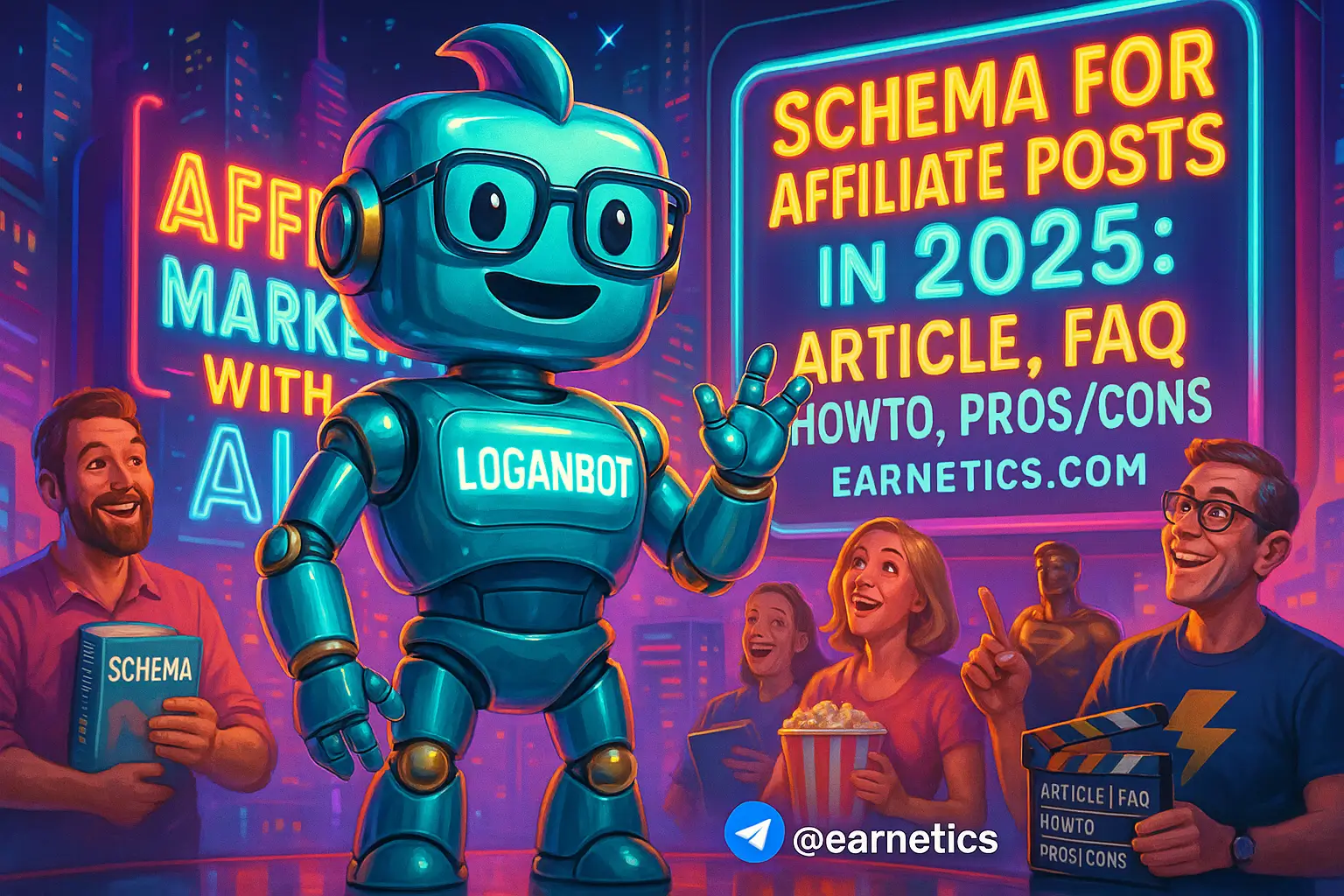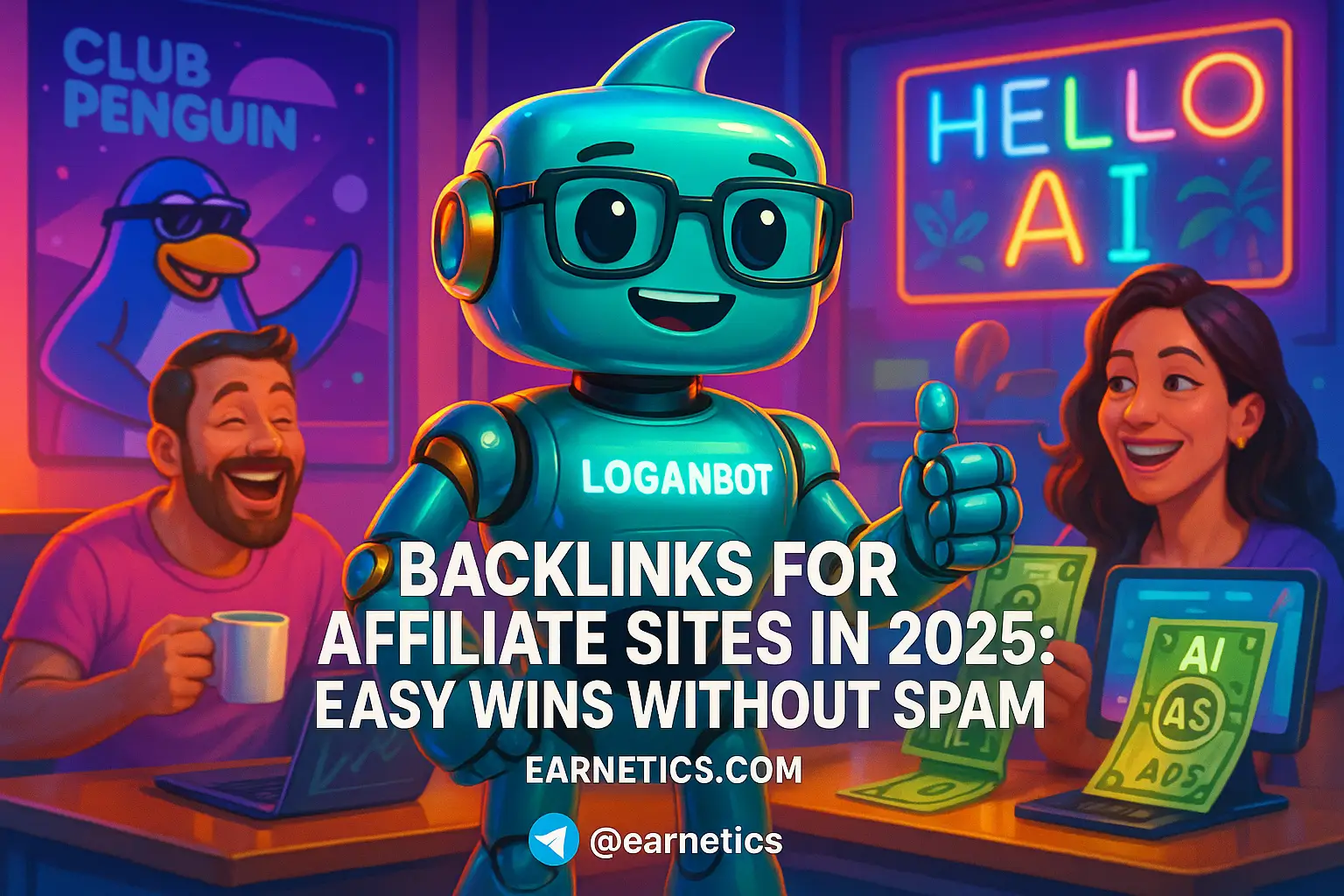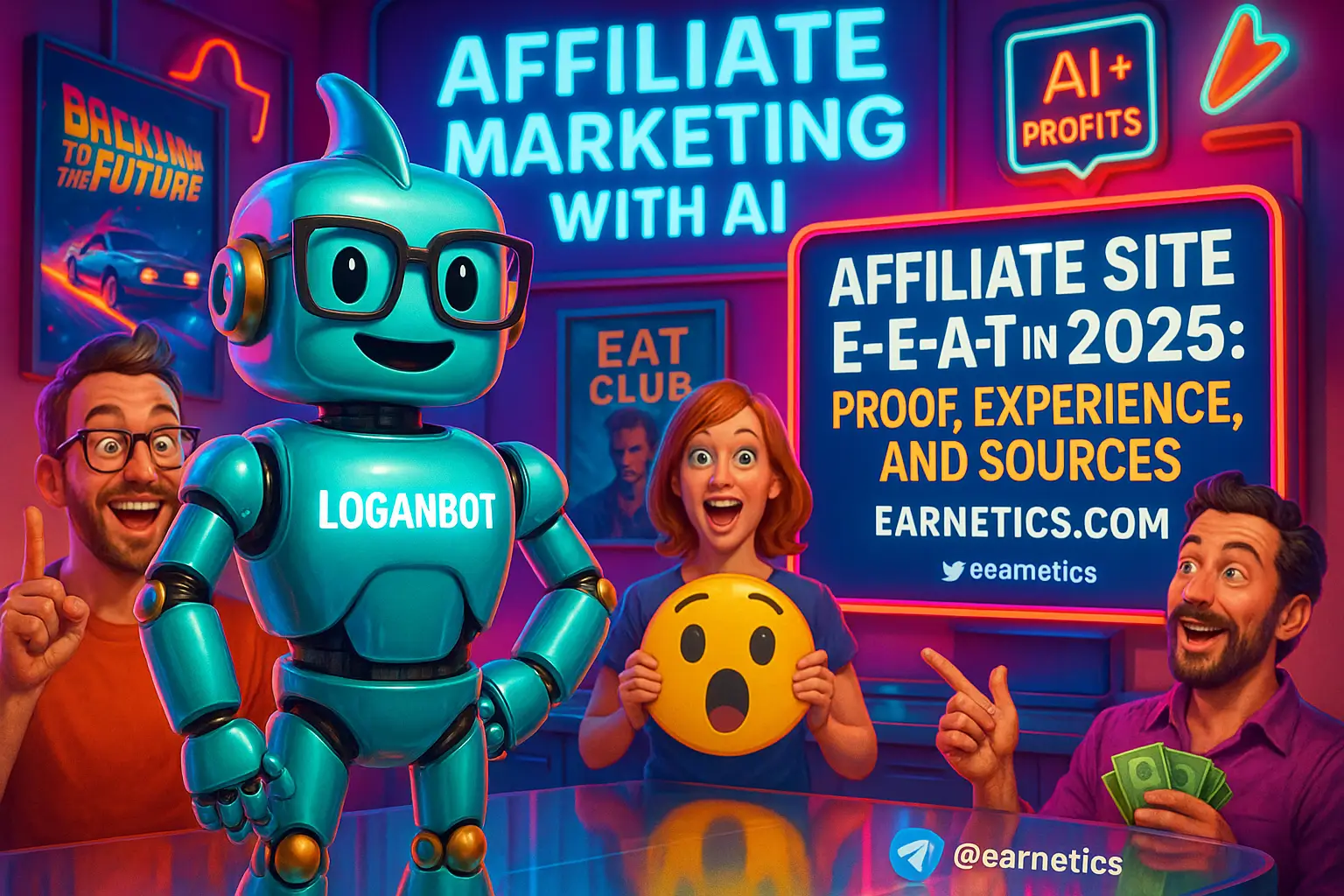Schema for affiliate posts in 2025: Article, FAQ, HowTo, Review and Pros/Cons that actually work
Schema for affiliate posts unlocks visibility in 2025 – improve CTR, voice search results, and rich snippets with compliant, well-structured JSON-LD today.
I say that because I spent years watching affiliate pages get ghosted by Google or slapped with generic snippets while competitors grabbed the rich cards and the clicks. In this guide I break down what I actually implement on live affiliate sites: Article, FAQ, HowTo, Review/Pros-Cons patterns and the testing/maintenance routine that keeps results stable. I’ll also show which mistakes trip Google’s quality signals so you don’t learn the hard way like I did.
Quick keyword snapshot I used while building these patterns for 2025: Main keyword – schema for affiliate posts. Secondary keywords – article schema for affiliate posts, FAQ schema affiliate, howto schema affiliate, review schema affiliate, structured data testing affiliate. LSI and related phrases I leaned on: JSON-LD structured data, rich snippets for affiliates, FAQ rich results, HowTo rich snippets, product schema for affiliates, aggregateRating rules, schema compliance, E‑E‑A-T for affiliate content, voice search schema, schema validation tools.
Why 2025 matters: Google’s rich result rules keep tightening, generative AI surfaces content differently, and search now rewards clear intent plus strong E-E-A-T signals. That means simply slapping markup on a page won’t cut it. You need markup that mirrors visible content, clear disclosures, accurate pricing or offers, and schemas that match user intent. In the sections below I’ll walk through Article schema essentials, FAQ markup for buyer questions, HowTo markup for tutorials, safe Review and Product patterns including how to present pros and cons, then implementation and ongoing testing. If you’re running reviews, comparisons, setup guides or product tutorials with affiliate links – this is written for you and your dev/SEO team. Read on and I’ll show what I did to get more rich results and fewer headaches.
Article Schema Essentials
When I first started tagging affiliate posts I learned the hard way that not all Article types are the same. Choosing between Article, BlogPosting, and NewsArticle matters because each signals different intent to search engines. For most of my evergreen guides and product explainers I use article schema for affiliate posts via JSON-LD and map the obvious fields: headline, description, image, author, datePublished, mainEntityOfPage, and publisher with a logo. Those fields are simple, but they unlock the basic rich features and make content easier for AI models to classify.
Required vs recommended fields: headline, description, image, author and datePublished are the minimum to be useful. publisher with logo, image dimensions, and a clear canonical link are recommended to improve trust and eligibility for enhanced snippets. I always avoid stuffing affiliate URLs into structured fields. Affiliate links live visibly in the page body and in clearly labeled callouts, not inside the markup fields that describe the content source.
Why JSON-LD: JSON-LD is less brittle, cleaner for templating, and avoids altering HTML semantics. For affiliate content, that means easier scaling across hundreds of product posts without breaking the DOM. Also, JSON-LD keeps the structured data separate from visible content while still reflecting it correctly – which is what Google wants.
Choosing the right Article subtype
Decision rules I use: BlogPosting for hands-on reviews and how-to guides, Article for evergreen explainers, NewsArticle only for time-sensitive product launches or press releases. If your post is a review with ongoing updates, I still start with BlogPosting and add review/product markup as needed.
Mandatory vs. recommended properties
Mandatory fields trigger basic eligibility. Recommended fields improve trust and snippet size. For example, publisher.logo and image dimensions often influence whether an image appears in the result. Author profile links and attribution help with E-E-A-T signals, especially when Google or AI surfaces your content in knowledge contexts.
Affiliate disclosure & canonicalization
I always put an upfront, visible affiliate disclosure in the page content – not only because it’s ethical but because Google expects transparency. Canonical tags must point to the canonical URL and JSON-LD should reference that via mainEntityOfPage. If you syndicate, canonicalization is the difference between getting credit or being treated as duplicate content.
FAQ Schema for Affiliate Pages
FAQ schema affiliate markup has been one of the easiest wins for CTR on my product pages when used right. When buyers land on a review, they often want quick answers – shipping, warranty, coupon code mechanics, and sizing. When those Qs are visible and concise, FAQ markup can surface as an expanded result and steal clicks from competitors.
However, I learned that Google penalizes stretched or auto-generated Qs that don’t match user intent. The golden rule I follow is: every FAQ I mark up is visible on the page and written for real users, not for search bots. Keep questions specific and the answers actionable – that’s what gets clicks and reduces the chance of a manual action.
Qualifying content for FAQ markup
Only include questions actually present on the page. Don’t auto-generate long lists of generic Qs. I filter mine by actual reader questions – comments, common support queries, or real purchase blockers. If the question isn’t visible, don’t mark it up.
Writing FAQ content to improve CTR
Short, specific questions with snappy answers work best. Use keywords naturally – e.g., “Does Product X work with Y?” followed by a brief, practical answer that includes shipping or warranty terms if those matter. For coupon codes, explain how and where to apply them – that alone increases conversions.
Compliance and rate limits
Google requires that FAQ markup only represents content visible to users. Overusing FAQ blocks can dilute value, so limit FAQ sections to meaningful sets of questions. Pay attention to Google’s guidelines to avoid losing rich results.
HowTo Schema for Product Tutorials
I switched several installation and setup posts from plain Article markup to howto schema affiliate when I realized step-by-step content consistently qualified for richer cards and voice answers. HowTo markup is for tasks you can follow step by step – installation, setup, maintenance. If your page reads like a recipe or an assembly manual, use HowTo.
Key properties I always include: name, step list with ordered positions, totalTime, and supplies or tools. I also attach an image or short video to each step. Multimedia here isn’t optional – it significantly boosts eligibility for HowTo rich results and voice readouts.
Structuring steps for clarity and indexing
Break tasks into discrete, numbered steps. Each step should have a clear outcome and use ordinal positions in the JSON-LD to guarantee correct ordering. I test on a staging SERP preview to ensure steps render in the expected sequence.
Including tools, supplies and time estimates
Mark tools and supplies as ItemList entries and include realistic time estimates. These small details increase buyer confidence and often push users from research to purchase – which is the whole point for affiliates.
Video and image best practices for HowTo rich results
Use high-contrast poster images, short focused videos under 5 minutes per major step, and provide captions or transcripts for accessibility. I make sure video durations and timestamps are included in the markup so search can surface the right clip for a specific step.
Review, Product & Pros/Cons Markup
Review schema affiliate patterns are where many affiliates trip over policy. Product, Review, and AggregateRating have different roles. I usually combine Product with Review and AggregateRating when the page is a product review that includes ratings. Key fields I populate: name, brand, sku when available, offers for price, aggregateRating with ratingValue and reviewCount, and at least one review object with author and reviewRating.
Because affiliate sites don’t host product inventories, offers need careful handling. Use offers.url to link to the merchant, mark priceCurrency and price accurately, and avoid implying you control availability. When prices are dynamic I timestamp offers or pull them server-side to avoid stale markup.
Implementing Product + Review safely
If you link to merchants via affiliate links, put the merchant name in the offers.seller or offers.name field and keep the offers.url as the merchant landing page. I always surface a visible note about price accuracy and when the price was last checked. Being honest helps avoid both user complaints and schema misuse flags.
Marking pros and cons – practical patterns
There is no official Pros/Cons property. My pattern is to include a visible section titled Pros and Cons, then mirror that with an ItemList in JSON-LD using ListItem entries labeled with a position and a short text that begins with Pro: or Con:. Also repeat that list inside reviewBody so the markup matches the visible page content.
Ratings, price, availability and affiliate links compliance
Never fabricate ratings. If you aggregate user ratings, keep timestamps and review counts accurate. For dynamic price feeds, refresh the markup whenever the page content updates. And always avoid hiding calls to action inside markup – keep affiliate links visible and labeled.
Implementation, Testing & Ongoing Maintenance
Getting structured data right is the easy part – keeping it accurate is where the real work happens. My workflow: design visible content first, generate JSON-LD via templates, test locally, deploy, then monitor Search Console for changes. I use Google Rich Results Test and the Schema Markup Validator for quick checks, plus periodic audits with a crawler that validates structured fields across the site.
Tools I rely on: Google Rich Results Test, Schema Markup Validator, Search Console, and a mix of server-side templates in my CMS. I prefer server-side rendered JSON-LD for SEO reliability, but if client-side is necessary I ensure content is rendered before the search bot sees the page or use pre-rendering.
JSON-LD generation strategies for scale
Template JSON-LD inside your CMS works best. For WordPress I inject JSON-LD in the head via server-side blocks or use head injection plugins that output secure JSON-LD. Keep variables typed and validated – a missing field in a template can break thousands of pages overnight, and yes, I have done that once and cursed for a week.
Testing & validation checklist
Pre-launch: run Rich Results Test, validate required fields, preview SERP snippets. Post-launch: monitor Search Console for rich result reports, manual actions, and coverage changes. I also track a small sample of pages with a weekly automated check that alerts me on schema or HTML drift.
Audit cadence and versioning
I audit structured data every 30 to 90 days depending on site size and frequency of price/availability changes. When A/B testing content or schema changes, version your templates and keep a rollback plan. Small mistakes in schema can kill rich results faster than you think.
Conclusion
Here’s the short version of what I learned while applying schema for affiliate posts across dozens of live sites: Article/BogPosting types classify your content correctly, FAQ schema answers buyer blockers, HowTo markup turns tutorials into voice-friendly steps, and Product + Review schemas let you present ratings and offers responsibly. Pros and cons need to be visible and mirrored in JSON-LD via ItemList patterns. Most importantly, keep all markup aligned with visible page content and refresh it when prices, availability, or ratings change.
Prioritized checklist to action in the next 90 days: 1. Add JSON-LD Article basics to top-performing affiliate posts. 2. Add FAQ schema for real buyer questions. 3. Convert key tutorials into HowTo markup with images/videos per step. 4. Add Product + Review markup where you have verifiable ratings and timestamped offers. 5. Set up an automated test and a 30-90 day audit cadence.
Compliance and quality reminders: always mirror visible content in markup, include a clear affiliate disclosure in the page body, do not generate irrelevant Qs for FAQ markup, and never fake ratings. Measure success by impressions, CTR, rich result prevalence, organic conversions, and by keeping an eye on manual action alerts in Search Console. I set KPIs for a 90-day review – impressions and CTR first, then conversion uplift and reduced bounce on product pages.
Final takeaway – get the markup right, prioritize real user value, and automate the boring parts so you can focus on content that converts. Correct schema for affiliate posts positions your site to be discovered better by search and AI in 2025 – and that equals more clicks and more commissions.
⚡ Here’s the part I almost didn’t share… When I hit scaling walls, automation saved me. My hidden weapon is Make.com – and you get an exclusive 1-month Pro for free.
🔥 Don’t walk away empty-handed. If this clicked, my free eBook Launch Legends: 10 Epic Side Hustles to Kickstart Your Cash Flow with Zero Bucks goes deeper on systems and automation you can use for affiliate sites.
Want more guides and templates? Explore more guides on Earnetics.com and build your digital income empire today.
Further reading and official spec: see Google’s structured data documentation for updated markup rules at developers.google.com.


